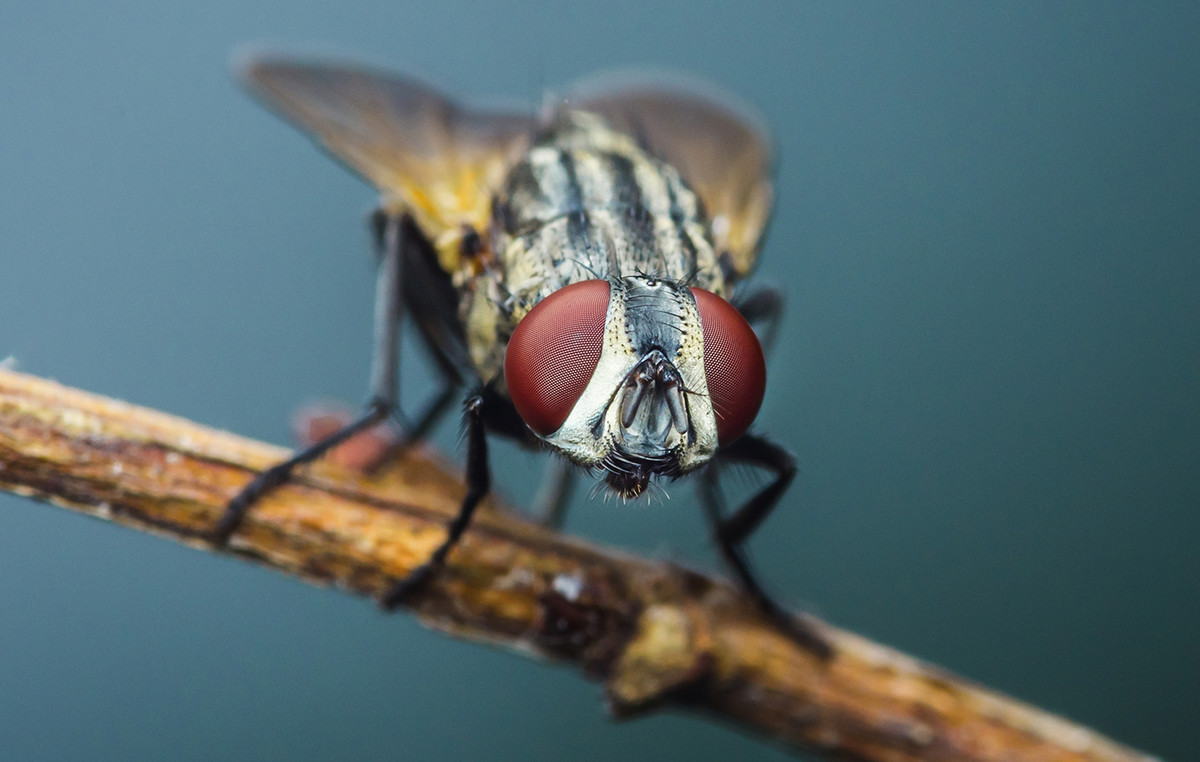Researchers from the Institute of Biological Sciences (ICB) at UFMG and the Federal Center for Technological Education of Minas Gerais (Cefet-MG) isolated stem cells from chicken muscle tissue and reproduced them in the laboratory, generating, in just two weeks, a small piece of muscle meat. The study is led by professors Erika Cristina Jorge and Luciana Andrade, both from the Department of Morphology at the ICB.
“We isolated what we call ‘satellite cells’, which are nothing more than stem cells present in every muscle. We explore the potential of these cells through cultivation, offering them the necessary nutrients for their proliferation”, explains Érika Jorge.
According to her, the entire meat “production” process occurs without genetic alteration of the cells. “When we go to the gym, thinking about muscle hypertrophy, or when we get injured, the muscles proliferate through regeneration. The method we developed is based on this logic, that is, we use the natural ability of muscle cells to generate new tissue”, adds Erika.
The intention of the study is to develop a food that can be consumed by people who want to eat protein of animal origin, but that is not the result of slaughter, deforestation or the exploitation of natural resources.
According to the teachers, the participation of the Cefet researchers was essential for the study, since they developed the biomaterial that enables the proliferation of muscle cells. According to Erika Jorge, the use of this biomaterial is unprecedented, and the cells reproduce when placed on it.
“Without the biomaterial developed at Cefet, muscle cells do not grow to the point of forming meat under culture conditions. Some groups are doing similar research around the world for growing beef, and here we are just researching chicken meat.
Despite being considered safe for human consumption, the meat grown by the ICB group will still take some time to be available on the market, since the consumption of this type of product is not yet regulated in Brazil. Also, one of the next steps is to add flavor to lab meat with the use of fat, so that it comes closer to a real piece of meat.

But beyond consumption, the technology developed in the laboratory can gain other features, such as the generation of human tissue for grafts and even reduce the drug tests that are currently carried out on animals.
In the first case, samples of muscle tissue from the patient who will receive the graft are required.
“This method can be used in situations where the person suffers an accident or injury so great that their resident stem cells are not able to regenerate on their own. In the case of drug tests, we can reproduce animal cells and put drugs in contact with them, saving the animal from the more invasive tests”, explains the ICB professor.
The research on growing chicken meat in the laboratory is fully funded by The Good Food Institute, an international non-profit organization that provides financial support for studies aimed at innovating the alternative protein sector. The investment is around US$250,000. “The first laboratory-made meat was produced in England, in 2010, and cost around US$330,000. This type of study is usually expensive, but it can generate various types of benefits for society”, concludes professor Erika Jorge.
Source: CNN Brasil
I’m James Harper, a highly experienced and accomplished news writer for World Stock Market. I have been writing in the Politics section of the website for over five years, providing readers with up-to-date and insightful information about current events in politics. My work is widely read and respected by many industry professionals as well as laymen.







